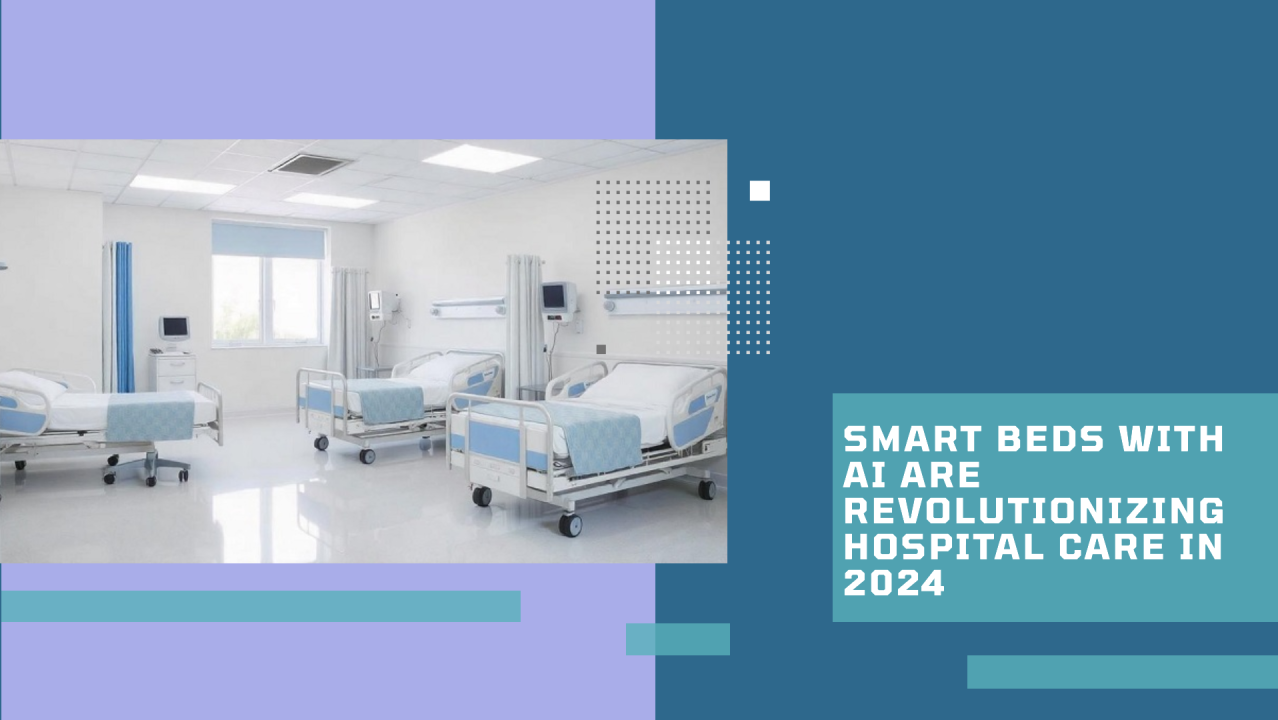Investing in the Future of Hospital Bed Technology: Innovations, Challenges, and Opportunities
As the healthcare landscape evolves, one aspect that remains critical to patient outcomes is hospital bed technology. Once a simple piece of equipment, hospital beds have transformed into sophisticated systems designed to enhance patient care, improve safety, and optimize healthcare efficiency. For investors in the healthcare market, this sector offers promising opportunities driven by groundbreaking innovations. Let’s explore the latest advancements and future prospects in hospital bed technology.
1. Latest Innovations in Hospital Bed Technology
In recent years, the development of hospital beds has been supercharged by cutting-edge technologies, offering new ways to support patients and streamline care. Companies like Hill-Rom Holdings, Stryker Corporation, and Linet spol. s r.o. are leading this charge with innovations such as:
Smart Beds with AI and Built-in Sensors: Modern hospital beds are equipped with sensors that monitor patient vitals, such as heart rate and respiratory rate, and alert healthcare staff to potential risks like bedsores or falls. Stryker’s ProCuity smart bed is a prime example, offering fall prevention technology and integrated connectivity to hospital systems.
Self-Sanitizing Beds: Infection control is crucial in healthcare settings. Companies like Paramount Bed Holdings are developing beds with antimicrobial coatings and UV light sanitization systems, reducing the spread of pathogens and ensuring patient safety.
Beds Transforming into Chairs or Stretchers: For patients with mobility issues, beds that easily convert into chairs or stretchers are game-changers. Invacare Corporation has made strides in this area, making patient transfers easier while enhancing comfort.
Integrated Entertainment Systems: Enhancing patient experience is also a priority. Getinge AB and Hill-Rom are incorporating entertainment systems, enabling patients to access multimedia content and stay connected with their families, improving overall patient satisfaction.
2. Technology and Its Impact on Patient Care
The benefits of technological advancements in hospital beds go beyond convenience—they actively improve patient care. Here’s how:
Enhanced Patient Safety: Fall prevention systems, such as those offered by Hill-Rom and Stryker, provide real-time alerts when a patient tries to exit the bed unassisted, reducing the risk of injuries.
Improved Comfort: Advanced beds offer features like adjustable positioning, massage therapy, and pressure redistribution to enhance patient comfort. Linet's beds with automatic positioning are highly effective for pressure ulcer prevention, improving both patient outcomes and comfort.
Increased Patient Independence: Features like self-adjusting beds and remote monitoring allow patients more control over their comfort without needing frequent nurse assistance, reducing strain on healthcare workers and empowering patients.
Cost Efficiency: With faster recovery times and reduced hospital stays, the long-term cost savings from adopting high-tech beds are substantial. Stryker has focused on developing cost-efficient solutions without sacrificing quality, benefiting both patients and healthcare providers.
3. Challenges and Limitations of Hospital Bed Technology
While the advancements are exciting, challenges remain in the adoption and implementation of new hospital bed technologies:
High Initial Costs: Advanced beds are a significant investment. Linet and Paramount Bed Holdings continue to innovate, but these technologies come with a high price tag, creating a barrier for smaller hospitals or clinics.
Data Privacy and Security: With beds now collecting and transmitting sensitive patient data, ensuring robust cybersecurity measures is essential to prevent breaches. This is a concern for hospitals implementing smart technologies from companies like Hill-Rom.
Maintenance and Glitches: Like any technology, smart beds are not immune to technical issues. High-tech solutions require ongoing maintenance, and when malfunctions occur, patient care may be compromised.
Resistance to Change: Healthcare staff and patients may resist transitioning to new technologies, either due to unfamiliarity or discomfort with complex systems. Companies like Invacare are addressing this by designing user-friendly interfaces and providing training.
4. The Future of Hospital Bed Technology
As we look ahead, several exciting trends are emerging in hospital bed technology:
Integration of VR and AR: Virtual and augmented reality could soon be integrated into hospital bed designs to offer immersive experiences for patients, potentially aiding in pain management or mental health treatments. This innovative approach could revolutionize patient care.
Robotics and Automation: Robotics could automate routine tasks like bed adjustments, patient transfers, and even making beds. Getinge AB and Stryker are exploring automation in their designs, aiming to reduce the workload on healthcare providers.
Adaptive Beds: The future may see the development of hospital beds that adapt to individual patient needs, preferences, and health conditions in real-time, with features like biometric sensing and AI-driven comfort adjustments.
Sustainability: Environmentally friendly hospital beds, made from sustainable materials or designed for easy recycling, are expected to gain traction. Companies like Paramount Bed Holdings are exploring eco-friendly designs to meet the growing demand for sustainability in healthcare.
5. Choosing the Right Hospital Bed Technology: A Practical Guide for Hospitals
For hospitals looking to invest in hospital bed technology, the decision-making process requires careful consideration:
Assess Specific Needs: Factors such as patient demographics, budget constraints, and hospital infrastructure must guide the selection process. Invacare and Hill-Rom offer a wide range of options tailored to different healthcare settings.
Evaluate Features vs. Costs: Weighing the benefits of advanced features against their cost is crucial. Conducting a cost-benefit analysis can help ensure a sustainable investment.
Consult with Experts: Engaging healthcare technology consultants or collaborating directly with manufacturers like Stryker and Linet can provide valuable insights into which technologies will best serve the hospital’s needs.
Consider Long-term ROI: While the upfront costs may be high, the long-term savings from improved patient outcomes, efficiency, and reduced hospital stays are worth considering.
Why Hospital Bed Technology is a Prime Investment Opportunity
As healthcare continues to innovate, hospital bed technology represents a growing segment with enormous potential. Companies like Hill-Rom, Stryker, Linet, Invacare, and Paramount Bed Holdings are leading the charge, making this an exciting time for investors to explore opportunities in this space. By improving patient outcomes, enhancing safety, and driving cost-efficiency, smart hospital beds are paving the way for the future of healthcare.
For more information visit at MarketResearchFuture
Other Trending Reports

